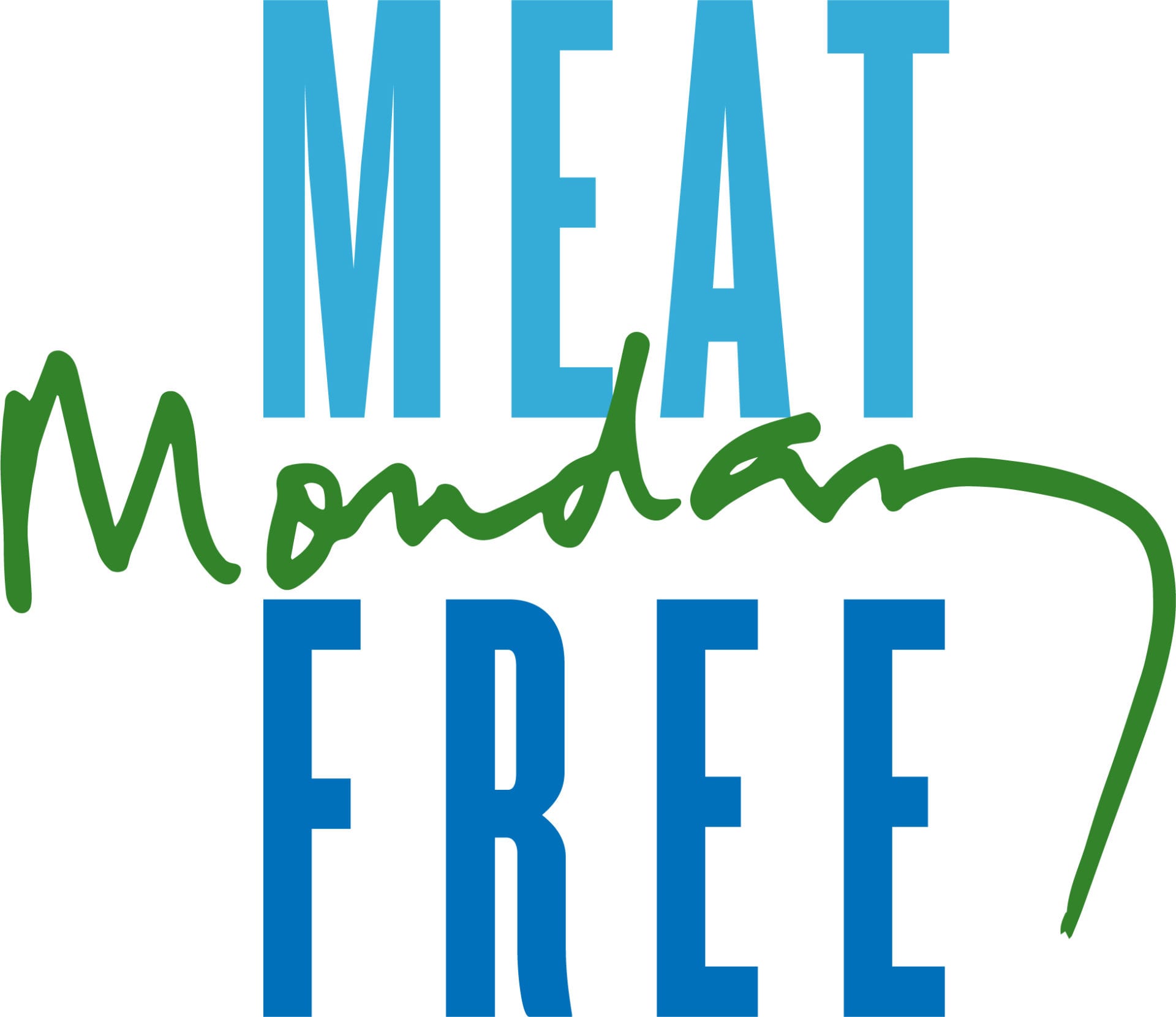“We will need to produce as much food in the next 40 years as we have in the last 8,000” to feed a predicted global population of nine billion, Jason Clay of WWF told the annual meeting of the American Association for the Advancement of Science (AAAS) last week.
“By 2050 we will not have a planet left that is recognisable,” he said.
The UN has calculated that the world’s population will hit seven billion this year and grow by a further two billion by 2050.
John Bongaarts of the Population Council told the conference that the majority of that growth would occur in poor countries, particularly Africa and South Asia.
Resource depletion will be one important consequence, as more people compete for fewer resources, but incomes will also rise in rich and rapidly industrialising countries, straining food networks even further, according to John Casterline of Ohio State University’s Initiative in Population Research.
It is well established that meat consumption grows in line with income. Land given over to growing crops for livestock feed means there are fewer crops for human consumption.
Casterline added that more effective family planning was vital to minimise population growth.
The UK’s chief scientific adviser John Beddington outlined the problem in stark terms: “By 2030 we are going to need 50 per cent more food, 40 per cent more available fresh water and something in the order of 50 per cent more low-carbon energy. We need a radical redesign of global food systems.”
For more on the challenges of feeding nine billion people, visit the AAAS website
